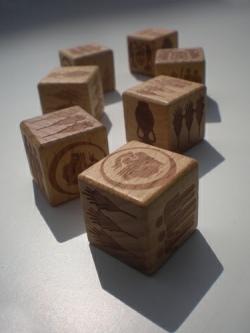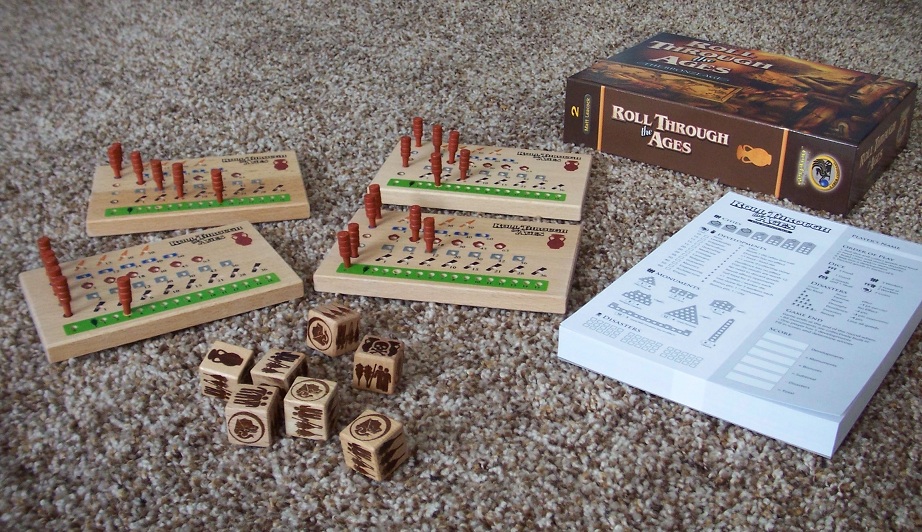

LiuĪlthough the player pegboards and dice are the same size as the original, the larger scoresheets and added Mediterranean pegboard bumped this game up to a substantially larger box–though a big part of that increased size is for the plastic insert that holds everything in place. Size comparison of original game and The Iron Age. So it’s a fun history lesson you could look at while waiting for your turn, I suppose. The Mediterranean expansion rules are basically a single page–the only reason the rulesheet opens up at all is because the inside spread is a map of the Mediterranean Sea (and surrounding colonies) with historical notes about all of the colonies. I’m not sure if one side was supposed to have the Mediterranean expansion on it, but once you’ve played a few times you probably won’t need to refer to these. That, and they’re double-sided with the same thing on both sides. They’re handy, but they’re huge and I’m not sure why they couldn’t have been a little smaller. The “reference cards” are actually large stiff sheets that detail all of the developments. The sheets are also double-sided, so you can get two uses from each sheet. There’s a handy reference section on the right side of the sheet, explaining the turn order, dice icons, battle rules, and a scoring section for the end of the game.

The sheets are standard 8.5″ x 11″ and have a lot of little checkboxes on them for marking off provinces and ports, monuments, developments, and so on.

They differ just slightly, so be sure you’re using the right one. There are two pads of scoring sheets, one for the base game and one for the Mediterranean expansion. The main difference between the two scoring sheets is the “Shipbuilding” development and the Colonies step in the reference section. The dice are large wooden cubes–bigger than your standard six-sided dice–in a natural finish except for the yellow Fate Die. The wooden pegs fit properly into the holes. The pegboards are substantial slabs of wood with holes drilled in them and various icons and numbers painted on them. Just as in the original game, the components are big, chunky wood. Roll Through the Ages: The Iron Age components. It was designed by Tom Lehmann, expanding on Matt Leacock’s original design. It was funded successfully on Kickstarter in December of 2013, was delivered in the fall of 2014, and is available in stores and online now. There’s also an included Mediterranean expansion that introduces exploration.Īt a glance: Roll Through the Ages: The Iron Age is for 1 to 4 players, ages 10 and up, and takes 20-40 minutes to play.

The game is similar to the original but has been beefed up, with new developments, warfare, and a Fate die. Today’s title is Roll Through the Ages: The Iron Age, a sequel ( not an expansion) to Matt Leacock’s dice-rolling, civilization-building game. Roll Through the Ages: the Iron Age gives players different ways to build their empires: the Trade and Naval strategies of the Phoenicians, the conquests of Alexander the Great, and the engineering prowess and gradual absorption of new provinces by the Roman Republic.In “Reaping the Rewards,” I take a look at a crowdfunded project in its final form. It's now the Iron Age and you are still rolling! Do you build provinces, raise armies, and conquer barbarians or build ports and ships to gain trade goods? Explore the strategies of Greece, Phoenicia, and Rome as you erect monuments, fend off disasters, and strive to feed your people. Matt is also the designer of the terrific titles Pandemic and Forbidden Island, while Tom has been busy designing such notable titles as Race for the Galaxy and Pandemic: On the Brink. Eagle-Gryphon Games is proud to present Matt Leacock's Roll Through the Ages: The Iron Age by Tom Lehmann, the much-anticipated sequel to Matt Leacock's best-selling and highly-awarded Roll Through the Ages: The Bronze Age.


 0 kommentar(er)
0 kommentar(er)
